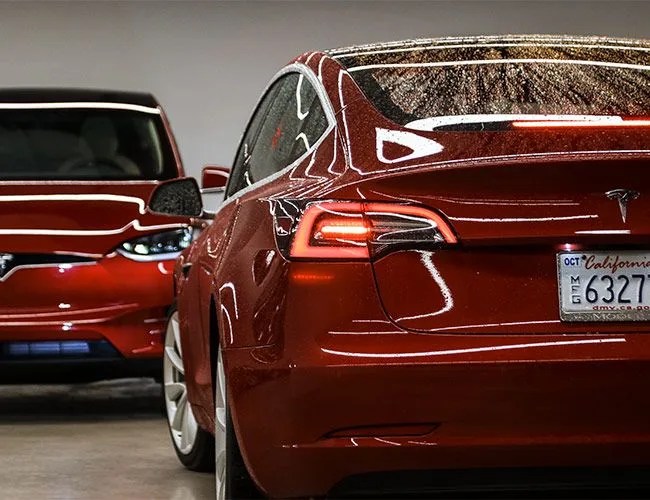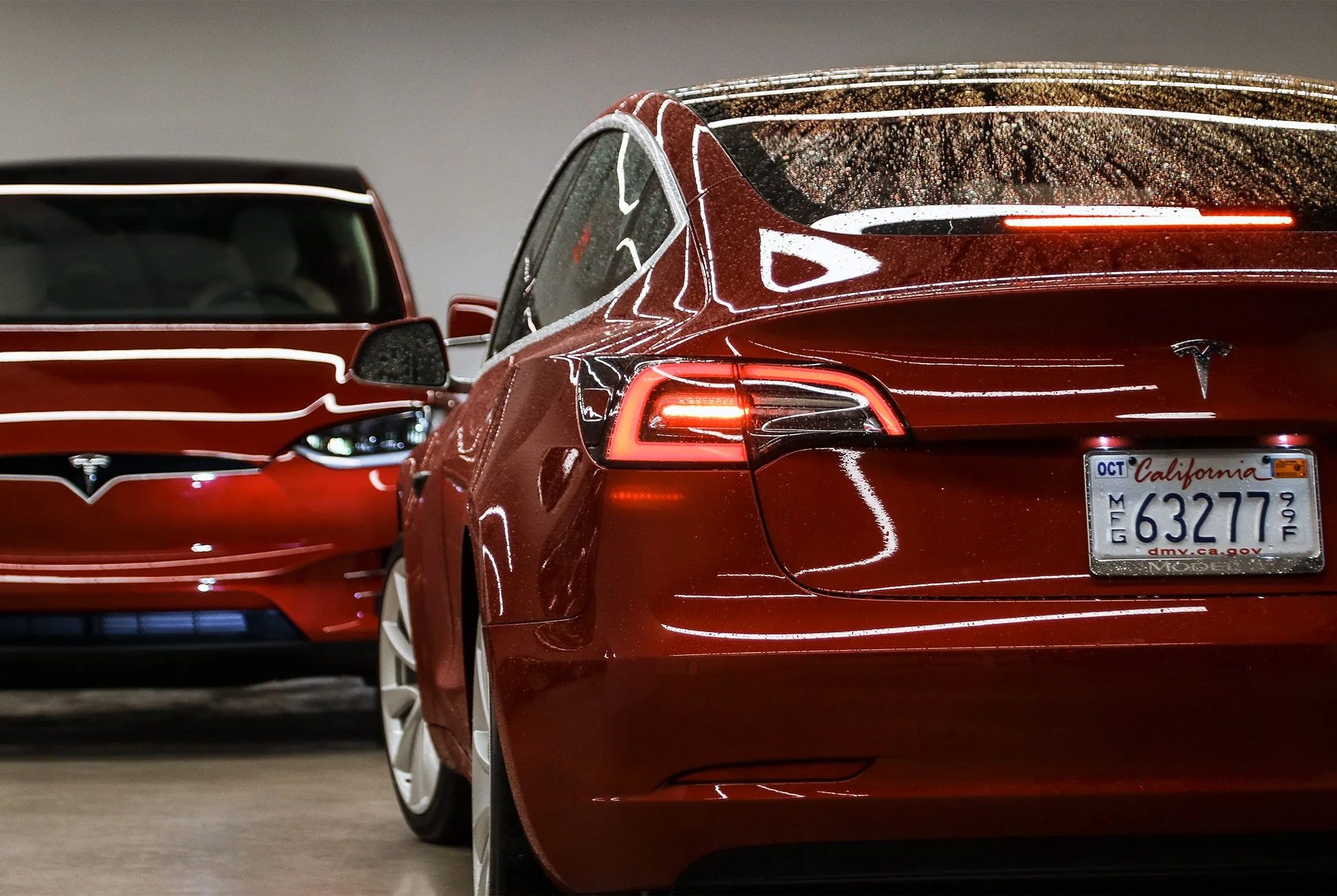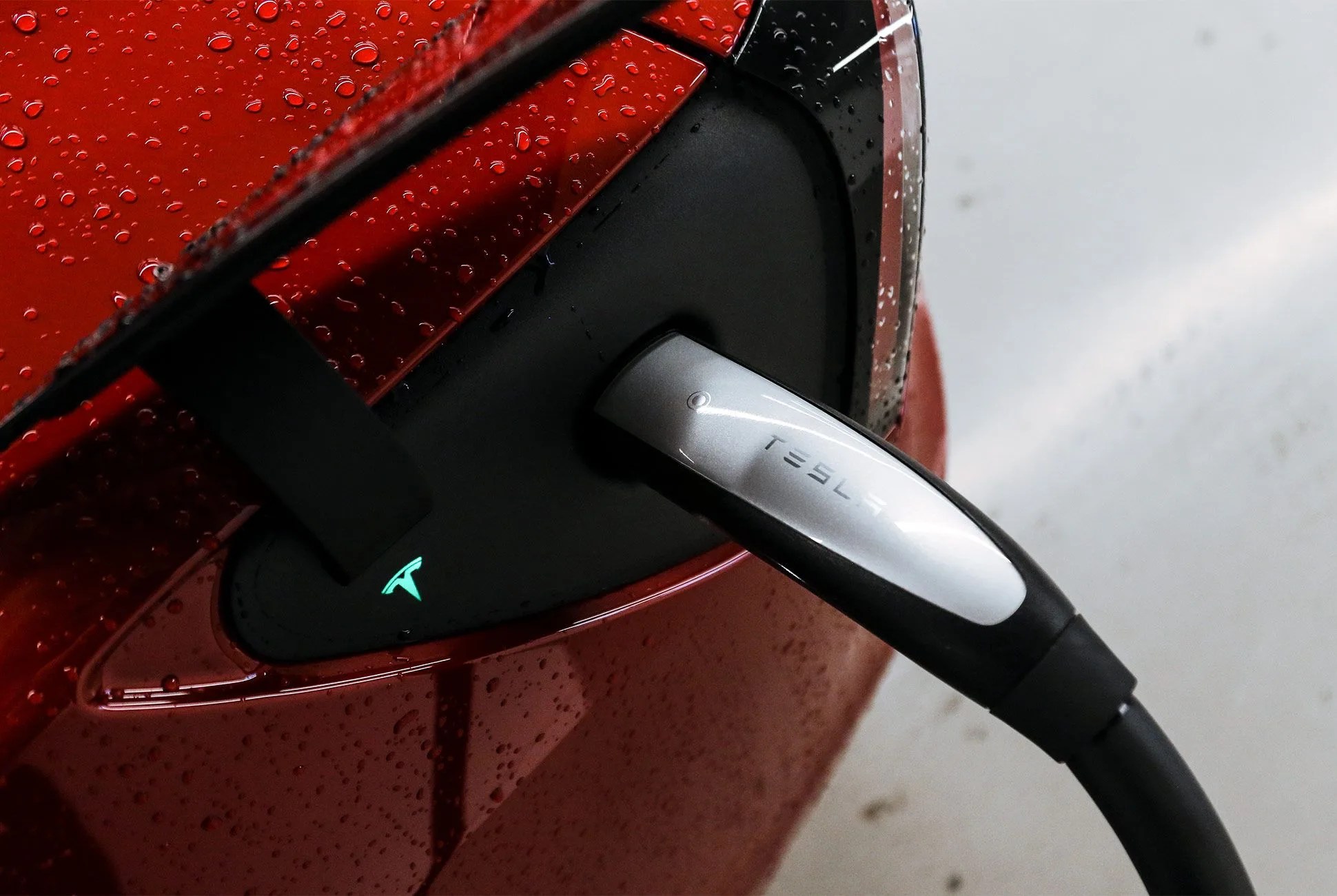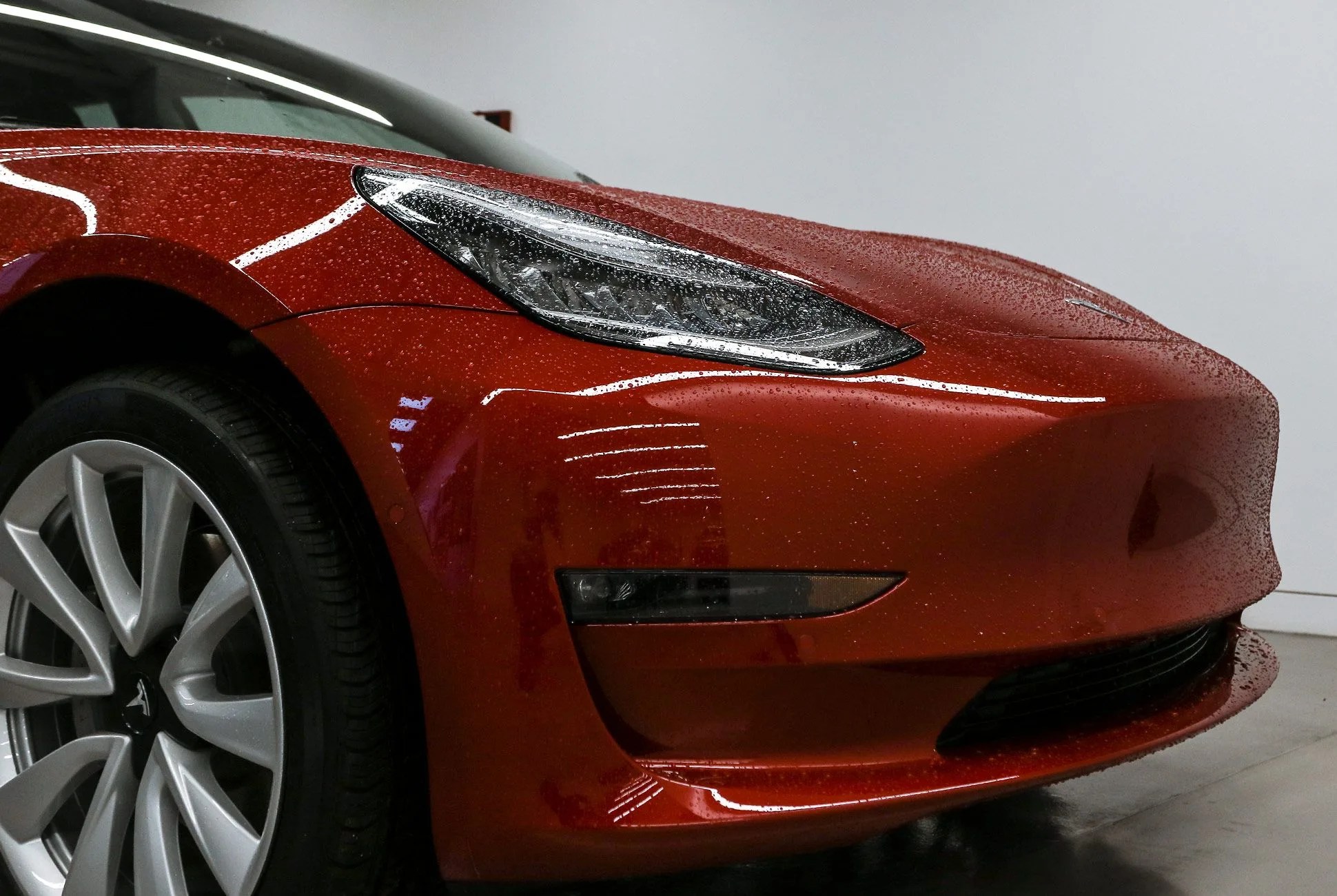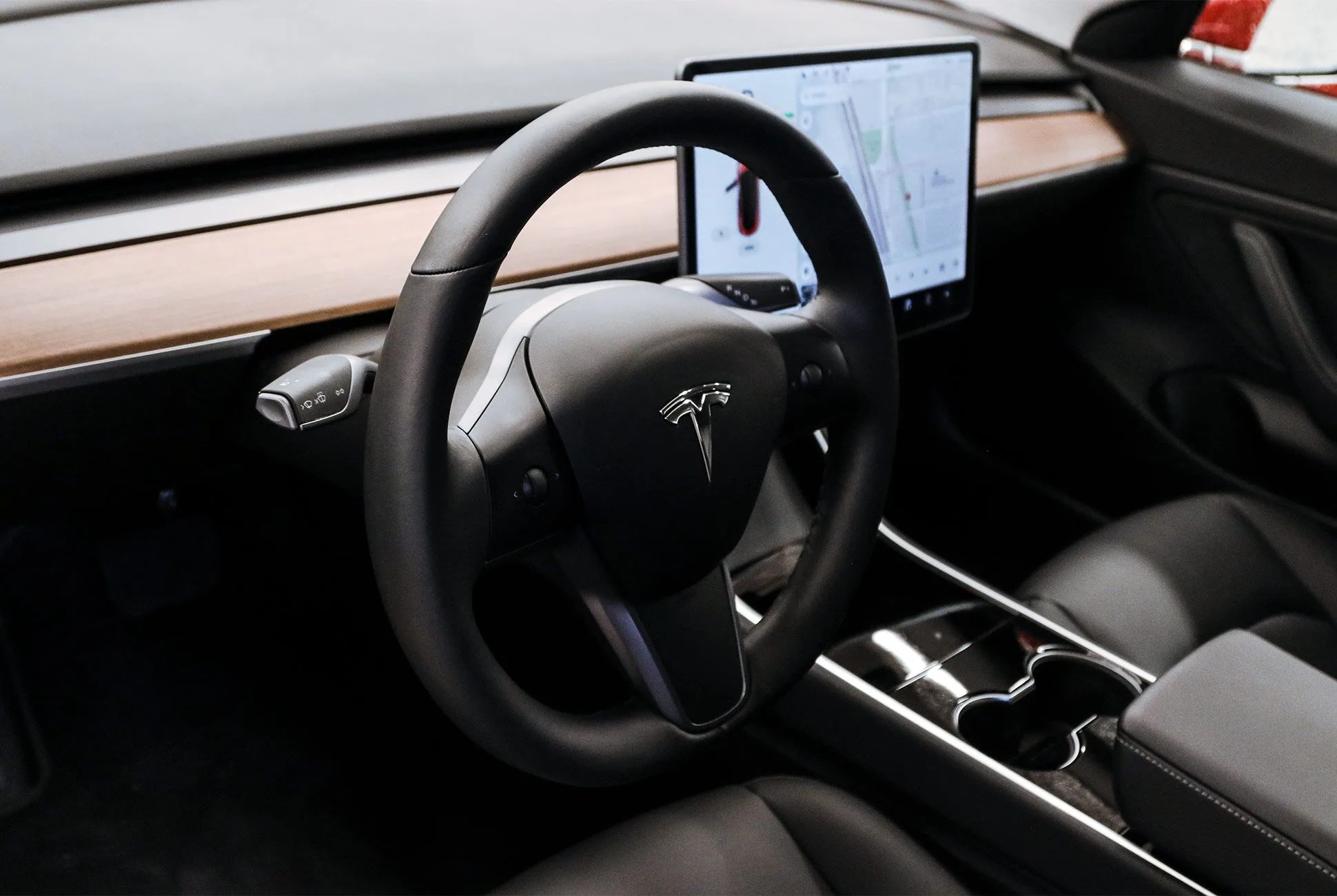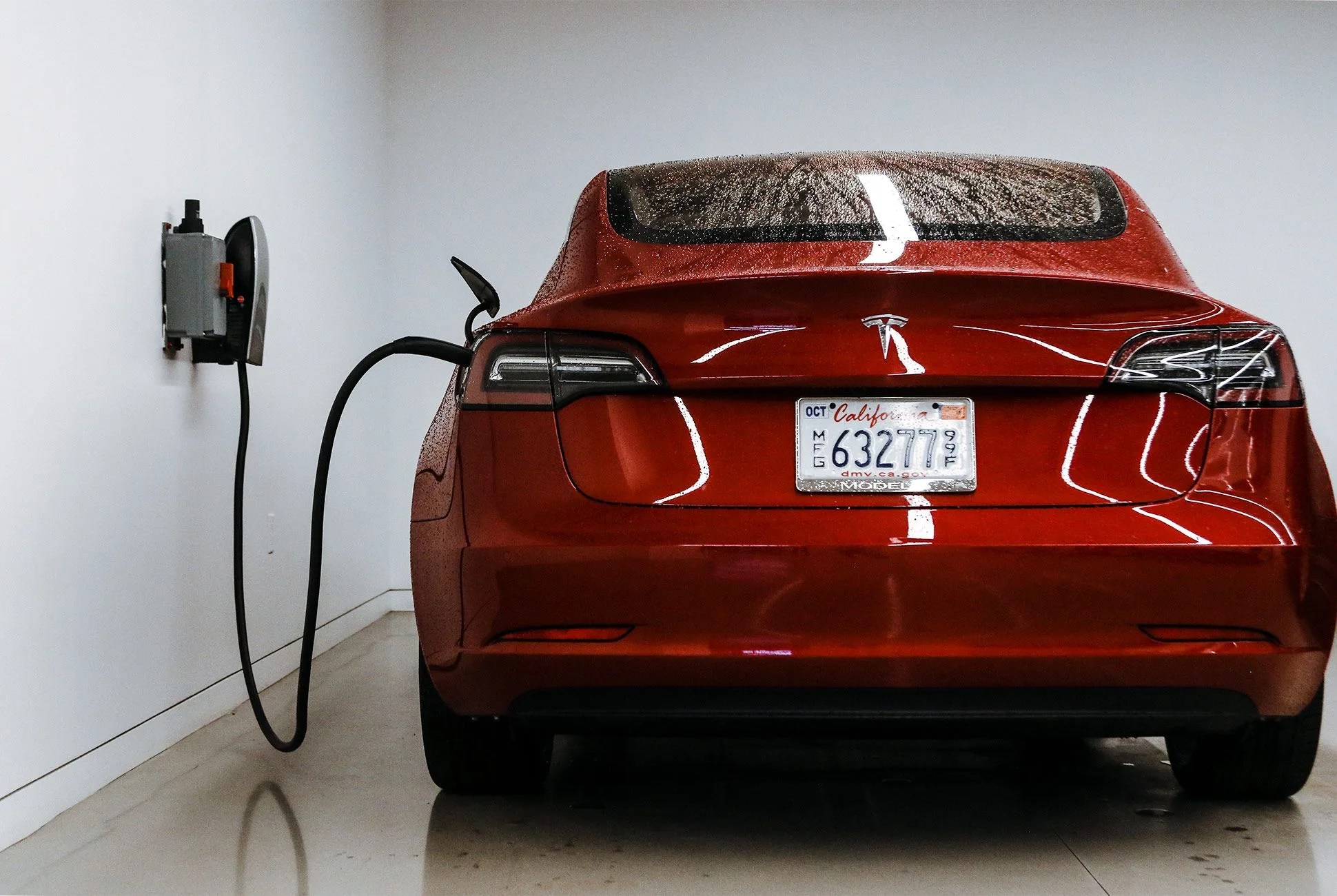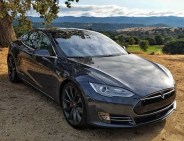6 photos
After two years of speculation, some delays and a few production issues, the base Tesla Model 3 is finally on the road. The $35,000 sedan is the entry-level, electric car for the people that Elon Musk promised the world even before the Model S. To be fair, Tesla has been pumping out Model 3s since last year: the long distance, fully-loaded versions that cost in the $50,000-$60,000 range. The Model 3 stands to be more important to the Tesla brand and the electric car in general than the Model S, Model X and even the very first Tesla product, the Tesla Roadster. It’s crucial this car is a success, not only with range performance and handling but also ease of use. To chase the latter, the company is in an endless pursuit of design minimalism. Though the Tesla 3 executes it beautifully and with style seldom seen outside of the iPhone you’re probably reading this on, the ‘less is more’ approach gets in the car’s way at times.
On a usual road test, I’ll have a car for a few hours or even days in some cases, with planned driving routes designed to include highway miles and back roads to show off the performance and more realistic, everyday driving characteristics. This time, I was only able to spend two hours with the car, most of which was taken up with navigating the West Side Highway and Mid-Town Manhattan traffic. It wasn’t the best opportunity to test the baby Tesla’s speed or handling, but based on Model S performance, there’s no reason to doubt it can handle a corner or two. The short stint in city traffic did, however, shine a light on how Tesla wants drivers to interact with its cars.
The Model 3 gets an EPA-stated range of 310 miles with the long-range battery trim-model (which starts above $40,000 and increases when you spec Autopilot), a figure that should quickly settle any qualms about range anxiety — though that figure is based on ideal driving conditions. But I’m not sure range is the biggest selling point for an electric car — the Model 3’s biggest selling point is that it’s the most modern car on the market. Cars from mass-market manufacturers like Ford and Volkswagen and more up-market luxury brands like Mercedes and BMW tout their vehicles as advanced and forward thinking since they feature connectivity tech, drivers aids and infotainment systems like Android and Apple CarPlay. In reality, those cars are Motorolla flip phones compared against the iPhone-level innovation of the Tesla Model 3.
Like in the Model S, a massive touchscreen center console is the hub for all your familiar instrument cluster readings, infotainment system, climate control, etc. It frees up the entire dashboard from any clutter and, in turn, creates a single dash-length air vent that’s oddly pleasing to look at. Aside from the touchscreen, steering wheel and pedals, the only other controls are two scrolling steering wheel dials that adjust volume, media controls and other ancillary features. But cleaning up the interior design and distilling most of the controls down to two dials and touchscreen means drivers have to go through multiple menus and submenus just to perform simple functions, like adjust the mirrors and to even to open the glovebox.
It may sound like nit-picking, but we live a world where instant gratification is a top priority. Simple things that are usually done with a quick flip of a switch or press of a button are, in Tesla’s cars, processes that take longer than needed and have more steps than necessary. In chasing simplicity and minimalist design innovation, Tesla actually made certain things more complex — a paradox that’s carried over to the car’s driving dynamics too.
The Model 3’s Autopilot system (again, a premium option) is identical to the system found in the Model S; it’s akin to Audi’s traffic assist in the A8. And it works fantastically. Autopilot manages speed and distance in relation to the car ahead and keeps you between lane lines; when you want to change lanes, just tap the indicator and the car complies. So, like the physical ethos of the car’s interior and interface design, the driving experience (at least at commuter traffic speeds) is distilled down to minimal inputs. It asks so little of the driver, but that’s where things get complicated. I got so used to my lack of interaction with the car so quickly, that when it came time to retake full control, I almost wasn’t ready. It’s unnerving.
